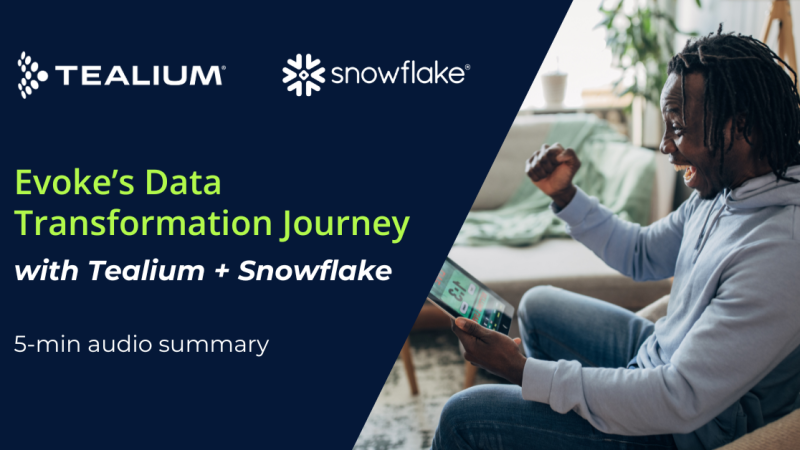There are many advantages of using CDPs in healthcare. Like many industries, healthcare is experiencing a lot of change and is under immense pressure. The pandemic has placed an incredible strain across a variety of areas in healthcare – in particular, staffing. All at a time when patients are expecting… MORE! This is a common theme popping up in a variety of industries.
To deliver on the high demands of consumers, many teams have looked towards digital transformations as a way to scale and leverage customer data more effectively. While this isn’t new, the healthcare industry has been slower to undergo digital transformations – and for good reason. Patient data is highly sensitive and privacy regulations such as HIPAA and SOC2 make undergoing changes digitally a challenge.
Yet, the pandemic has driven many changes that are expediting the trend of the consumerization of healthcare. As we know, patients are also consumers. We are all used to shopping, banking, and now even seeing our physician online. Patients expect relevant and personalized experiences because this is becoming standard in other areas of life. The recent crisis has forced change – and some of it is bound to stay. For example, a doctor’s visit over Zoom is more convenient and safer. Talking to someone over HIPAA-compliant live chat is faster. Receiving a text about test results or an appointment is easier. Many shifts that have come about due to Covid, are looking like they will stay.
This means more healthcare organizations have a powerful opportunity to stand out and have a competitive advantage by using data to drive trusted and personalized healthcare experiences. But how? Many groups undergoing digital transformations start by 1) having a customer data strategy and 2) implementing Customer Data Platforms, or CDPs, to provide the right experience integrated across all channels, including appointments, account management, and telehealth. While it can feel overwhelming, there are some vetted use cases groups can get started with for using CDPs in healthcare:
- Acquire New Members or Patients With first-party data at the heart of targeting, providers can automate in-the-moment messaging that makes every engagement timely and relevant. Acquiring new patients and members depends on targeting promising prospects and analyzing the results. For example, by understanding segments (more accurately, and in less time), a CDP can digitize the process of finding a primary care physician.
- Create Connected Telehealth Experiences Unifying known and unknown customer data sources can provide real-time patient information to call centers or telehealth agents. With the patient and member journey at the center of the healthcare experience, call center agents can start the call by immediately focusing on helping the patient and finding solutions to the reasons as to why they were calling in.
- Maintain HIPAA Compliance As the industry unifies data from web, IoT, apps, CRM, offline data and more into a comprehensive customer profile, it’s important to ensure that all customer data is secured in a HIPAA-ready, private cloud environment. Trust is essential.
- Drive Loyalty Like many industries, there are a wide range of alternatives and options. A key area CDPs can benefit healthcare is engaging members and or patients for the entire journey. Acquisition matters, but keeping members or patients is arguably equally important. Over time, organizations can have more visibility into different patient groups and how best to keep them engaged.
Healthcare is in a state of change. Patients expect personal and trusted interactions, but doing this at scale is hard. Using CDPs in healthcare is a proven way to deliver exceptional healthcare experiences at all stages of the journey. For example, Humana was able to increase enrollment by 20% using personalization on their website. They thoughtfully ran simple tests (broad message, vs personalized) to achieve this impactful result. To learn more about their creative strategy check out the story here. The key is to just get started. Patient and member expectations are dynamic and best in class organizations are set up to address those. Healthcare is personal, and now it is possible to deliver the right experiences when it matters.
To see other great examples of using CDPs in healthcare, check out these resources:
Cambia Health Solutions Case Study
Ebook: Exceptional Digital Experiences Start with Complete and Trusted Patient Data







